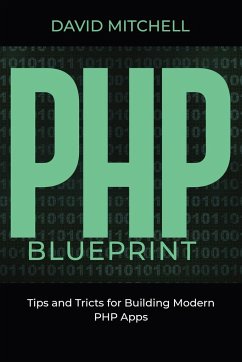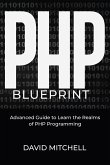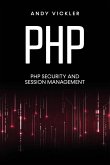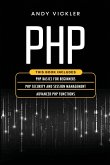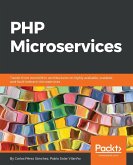This book contains proven steps and strategies on how to code in PHP to create web applications. You will learn about the distinct features of PHP in the form of functional codes that you can use in a PHP editor for practice purposes. I have made sure that you'll learn about all the basic and advanced level codes that you will need to create a web app such as a Content Management System (CMS). As MySQL is an integral part of PHP, I have dedicated a chapter on different statements of MySQL, which you can use to operate a database. PHP is hollow without MySQL because each web application requires a database to channelize user information and store it for future usage. PHP is not too old; we can trace back its origins to 1994 when Rasmus Lerdorf wrote the very first version. It was built, in its initial phases, from the C language as a means of replacing code snippets of Perl that he had been using on the personal homepage that he had. It kept evolving; however, it was 1995 that he released the very first formal as well as the public version of this language. At this point, PHP had been referred to as Personal Homepage Tools. JavaScript was bound to release in 1996 as a client-side language. PHP's release at that time as a server-side language speaks volumes about the tremendous growth in the tools of the Internet that occurred at that time. PHP shot to fame when the world got to know that Mark Zuckerberg had used it to create the world-famous application Facebook. When dropped out of Harvard in 2003, Mark adopted this language to create the app, and the Facebook app is still using this language at its backend. Facebook has since developed its own language known as Hack, but it is a version of PHP. The book contains practical steps to help you understand what happens at the server-side of a web application. It will help you go through the ins and outs of PHP and MySQL that generally go side by side in the creation of a web application. I have divided this chapter into 11 chapters to create ease for the readers. Each chapter of the book deals with a unique topic. I recommend that you download and install a PHP editor or open an online PHP editor for practice purposes while you read the book. You can use the sample codes from the book and understand how they work when they are put in an editor. I hope your journey through the book will be amazing, and you will come out as a knowledgeable person.

